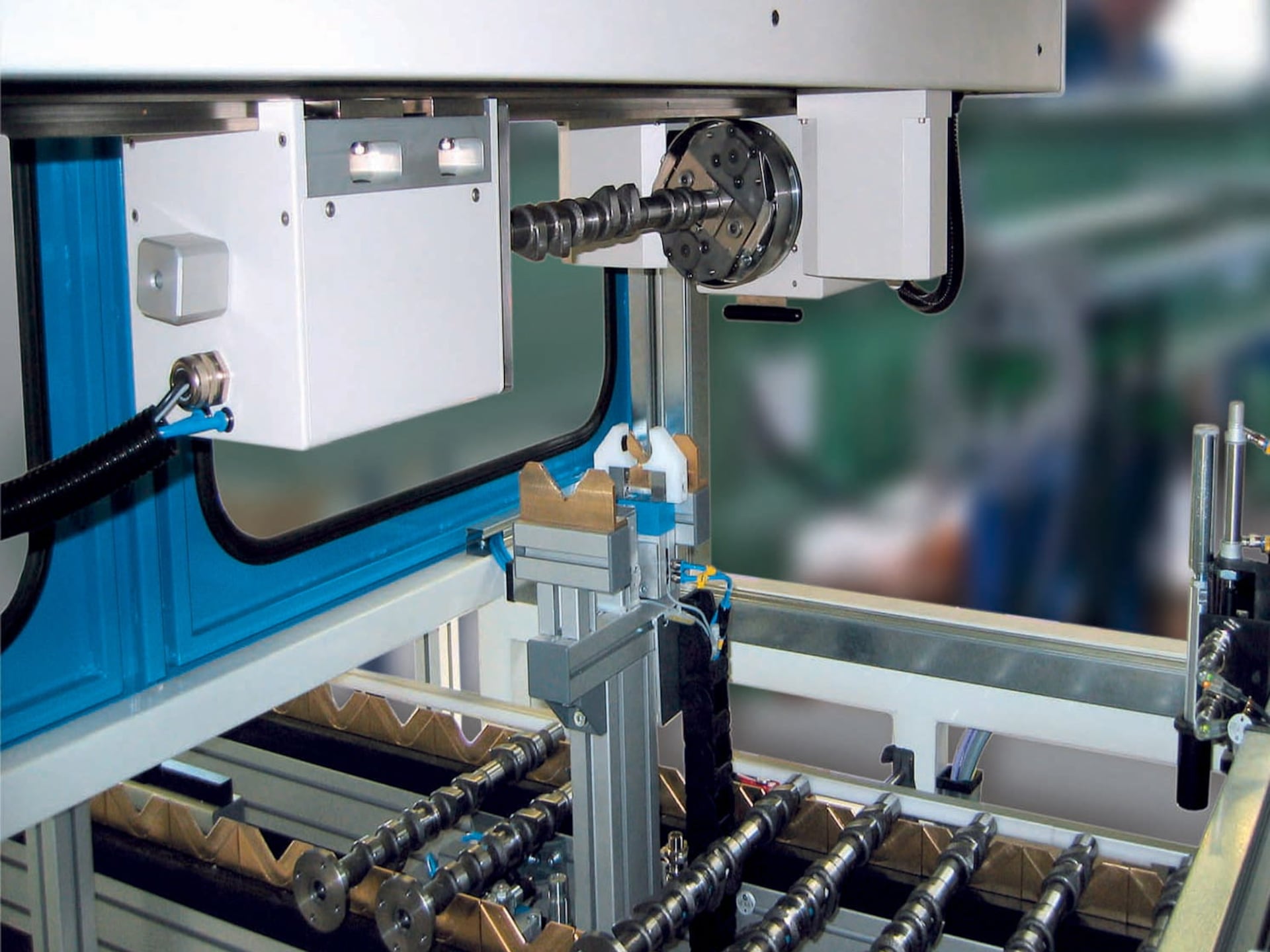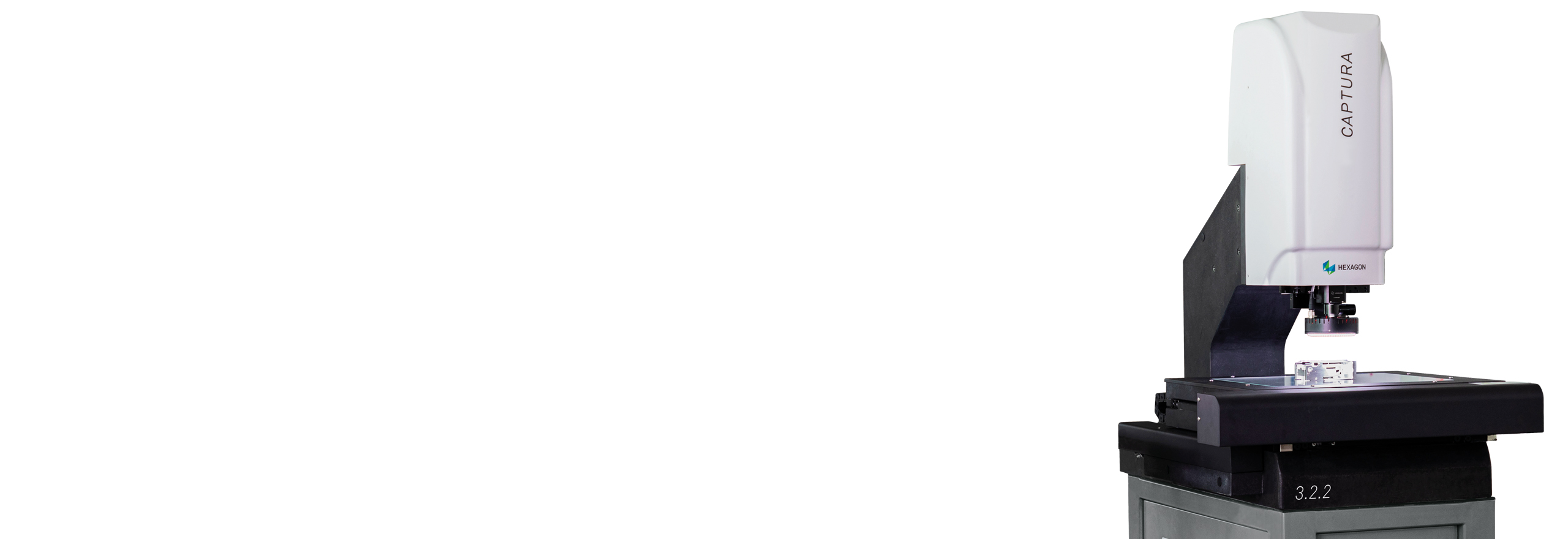Real-time insights with an optical measurement system: What to expect
Real-time insights with an optical measurement system: What to expect
Blog Article
The Function of Optical Measurement Systems in Advancing Width Strategies
Optical dimension systems have actually changed metrology, bringing a degree of accuracy that was once inconceivable. You could be surprised to learn how these technologies, based upon essential concepts like reflection and disturbance, are used across various sectors. Their non-contact capacities not only boost precision however also simplify processes. As you explore better, you'll uncover exactly how these systems are shaping the future of dimension and quality assurance.
The Development of Metrology: A Historical Perspective
As you discover the history of assessment, you'll locate that its development reflects humankind's pursuit for precision and standardization. From old worlds making use of body parts as units of dimension to the advancement of standard weights and actions, each step reveals our desire for accuracy. The Egyptians developed the pyramids making use of accurate dimensions, while the Romans advanced engineering with their innovative measuring tools.
During the Renaissance, clinical innovations moved the focus toward a lot more empirical approaches, leading the way for modern-day assessment. The intro of the metric system in the late 18th century noted a substantial turning point, establishing global criteria. Throughout the 20th century, technical advancements better transformed metrology, allowing very accurate measurements in various fields.
Today, metrology proceeds to evolve, integrating digital technology and automation. This background highlights not simply the value of measurement but likewise our unrelenting search of improving accuracy and consistency in our increasingly complicated globe.
Concepts of Optical Dimension Solutions
Comprehending the concepts behind optical dimension systems is crucial for accurate lead to width. You'll wish to think about basic optical concepts, dimension precision aspects, and efficient system calibration methods. Each of these aspects plays an important role in guaranteeing your measurements are specific and dependable.
Essential Optical Principles
While exploring optical dimension systems, you'll run into basic optical concepts that develop the backbone of exact information purchase. Light behaves in foreseeable ways, and comprehending these habits-- like refraction, diffraction, and reflection-- is necessary for efficient measurements. You'll make use of lenses and mirrors to control light and focus it onto your target, ensuring accuracy in your readings. In addition, the wave nature of light permits interference patterns, which can boost dimension resolution. Polarization can also play a crucial function in distinguishing signal from sound, improving the clearness of your results. By grasping these concepts, you'll be geared up to utilize optical innovations effectively, leading the way for developments in metrology and ensuring your dimensions are both trustworthy and repeatable.
Dimension Precision Variables
To achieve high dimension accuracy in optical systems, several variables come into play, influencing the dependability of your results. Top quality lenses and detectors decrease aberrations and sound, ensuring your dimensions are accurate. By attending to these aspects, you can enhance the general efficiency of your optical measurement systems, leading to more reputable and precise outcomes in your assessment applications.
System Calibration Techniques
Attaining high measurement precision is only part of the equation; proper system calibration techniques are similarly important in optical dimension systems. To guarantee your system provides reliable outcomes, you need to on a regular basis adjust it making use of typical reference materials. Beginning by readjusting the optical components, like lenses and mirrors, to reduce organized mistakes. Next, utilize well-known measurements to verify the system's result and make necessary adjustments. It's likewise vital to account for environmental aspects-- temperature level and moisture can influence measurements. Execute a regular calibration routine to preserve uniformity gradually. Ultimately, record all calibration procedures and results; this will help you track performance and attend to any kind of drift in precision. With these techniques, you'll enhance the reliability of your optical measurement system.
Secret Technologies Behind Optical Measurement
Optical measurement systems rely on a number of key technologies that enhance precision and efficiency in width. One crucial modern technology is interferometry, which makes use of the disturbance of light waves to gauge little displacements and surface area irregularities with extreme precision. You'll additionally locate laser scanning systems, which capture thorough 3D data of objects promptly, making them invaluable for dimensional analysis.
In Addition, CCD and CMOS sensors play a significant duty in transforming light into electric signals, enabling for high-resolution imaging and accurate measurements. Advanced formulas for image handling additionally enhance measurement precision by examining data in real time, removing noise and boosting functions.
Lastly, optical fiber supply flexibility and the capability to determine in difficult settings while maintaining signal stability. By leveraging these technologies, you can attain exceptional lead to your metrology jobs, making certain that your measurements are both precise and reputable.
Applications of Optical Dimension in Sector
As markets increasingly demand accuracy and performance, the applications of optical measurement systems have actually ended up being crucial throughout various markets. In manufacturing, these systems assist you check dimensions and tolerances in real-time, making certain high quality control without lengthy hand-operated checks. In the automotive market, optical dimensions assist in aligning elements with precision, boosting security and performance.
In electronics, you're utilizing optical techniques to check minute attributes on circuit boards, discovering flaws that could cause failings. The aerospace field gain from non-destructive screening techniques, enabling you to examine products and elements without endangering their next stability.
Optical measurement likewise plays a crucial duty in why not find out more textiles, ensuring fabric dimensions satisfy exact specifications. optical measurement systems. With their ability to offer high-resolution data rapidly, these systems equip you to make educated choices, enhance procedures, and inevitably drive technology throughout your market
Enhancing Accuracy and Efficiency in Dimensions
When you consider enhancing accuracy in dimensions, accuracy in your measurement techniques is important. By improving these processes, you can attain quicker results without compromising quality. Let's discover exactly how adopting innovative optical dimension systems can elevate both precision and effectiveness in your work.
Accuracy in Measurement Techniques
Precision in dimension strategies is crucial for achieving reputable results in assessment, especially since tiny discrepancies can lead to significant mistakes. By utilizing advanced optical measurement systems, you can improve the precision of your measurements. In enhancement, precise measurements allow you to preserve high quality control, making certain that products fulfill rigid specs.
Improving Measurement Processes
To improve accuracy and performance in dimensions, enhancing your dimension procedures is important. Start by adopting optical measurement systems that give real-time information, reducing the time invested on hands-on recording. These systems often integrate flawlessly with existing software, permitting you to automate information collection and analysis.
Following, systematize your dimension methods. By applying constant procedures, you decrease variability and improve repeatability. Do not forget to regularly adjust your tools to ensure its accuracy.

The Effect of Optical Dimension on R & D
As scientists endeavor to push the borders of development, optical measurement systems have become crucial tools in the advancement process. These systems supply you with specific, real-time data that boosts your capability to assess complex products and frameworks. In various areas, from biotechnology to aerospace, you depend on optical measurements to enhance layouts and improve product efficiency.

With high-resolution imaging and non-contact techniques, you can minimize sample disturbance, permitting even more exact outcomes. This capability to catch minute details increases your R&D cycle, letting you repeat styles promptly and efficiently. In addition, optical dimension promotes cooperation throughout self-controls, as the data created is commonly easily interpretable and shareable.
Eventually, integrating optical dimension systems into your research study not just enhances efficiency however additionally strengthens your understanding of the phenomena you research study. By leveraging these advanced techniques, you're better outfitted to introduce and remain ahead in a competitive landscape.
Future Patterns in Optical Measurement Systems
With the quick development of technology, you're likely to see considerable shifts in optical dimension systems that will certainly redefine their application across different markets. You'll see an approach increased automation and combination of expert system, permitting real-time data analysis and improved accuracy. Miniaturization is one more fad; small tools will certainly enable measurements in tighter rooms, making them optimal for areas like aerospace and biomedical applications.
Moreover, the introduction of sophisticated materials, such as photonic crystals, will enhance level of sensitivity and resolution. Expect to see systems that can run in challenging settings, providing reliable dimensions in extreme conditions. Cloud-based analytics will certainly also play a crucial role, using you access to big datasets for far better decision-making. As these technologies merge, you'll find that optical measurement systems not just boost precision yet likewise simplify workflows, inevitably driving technology and efficiency in your jobs.
Often Asked Inquiries
Exactly How Do Optical Measurement Solutions Compare to Standard Measurement Techniques?
Optical measurement systems use greater accuracy and faster results contrasted to conventional techniques. You'll find they capture even more information factors properly, minimizing human mistake and enhancing dependability, making them a favored option in different applications.
What Industries Benefit The Majority Of From Optical Dimension Equipments?
You'll locate markets like aerospace, auto, and electronic devices profit most from optical dimension systems. These industries count on precise measurements to assure top quality and performance, boosting performance and lowering prices through advanced innovation.

Are Optical Dimension Solutions Expensive to Execute?
Optical dimension systems can be costly to apply, but their accuracy and efficiency often validate the cost. Purchasing such modern technology can result in substantial long-lasting financial savings and renovations in top quality across different applications.
What Abilities Are Needed to Operate Optical Dimension Solutions?
To run optical dimension systems, you'll require strong analytical abilities, attention to information, and proficiency in software application devices. Familiarity with optics and an understanding of dimension principles will additionally enhance your efficiency and efficiency.
Exactly How Do Ecological Factors Impact Optical Measurements?
Environmental variables like moisture, temperature level, and air top quality can misshape optical measurements. You'll discover variants in accuracy because of light disturbance or refraction. optical measurement systems. Preserving steady problems is necessary for reputable and exact optical dimension results
Verdict
In summary, optical measurement systems are changing width by supplying unrivaled accuracy and effectiveness. As you explore future trends, you'll see just how the combination of AI and automation will proceed to raise dimension techniques, driving development and improving high quality control.
Achieving high dimension accuracy is just component of the formula; appropriate system calibration techniques are just as important in optical dimension systems.When you think about boosting accuracy in dimensions, precision in your measurement techniques is essential. By using advanced optical dimension systems, you can boost the precision of your dimensions.To boost accuracy and efficiency in measurements, simplifying your measurement procedures is important. Exactly How Do Optical Measurement Solutions Compare to Standard Dimension Techniques?
Report this page